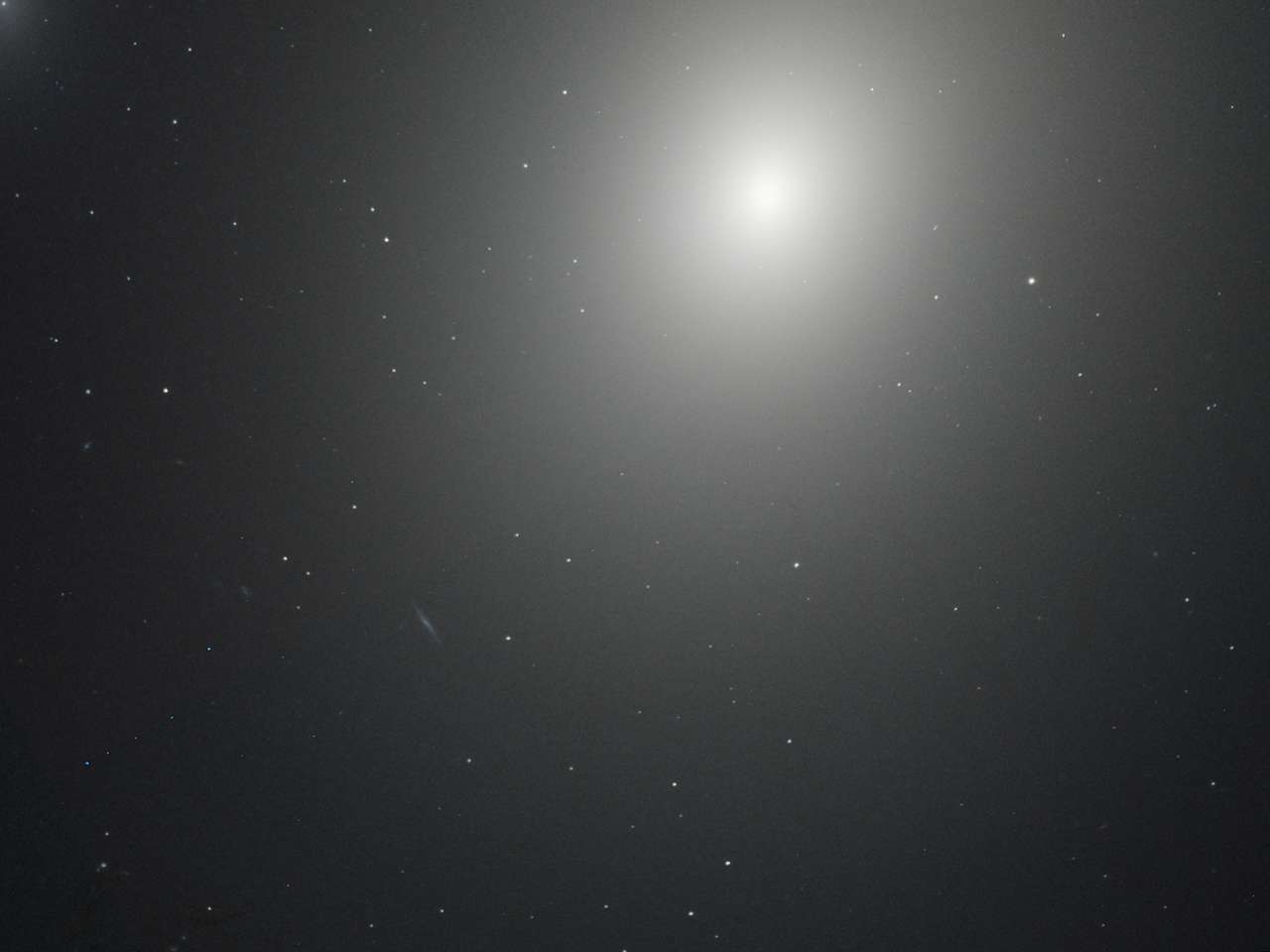M86 | NGC 4406 | Elliptical Galaxy | Virgo | 52,000,00 Light Years Away
Messier 86 is a lenticular galaxy situated in the Virgo Cluster, a vast collection of galaxies located in the constellation Virgo. Charles Messier cataloged it in 1781, and it is part of the prominent Virgo Cluster, positioned approximately 52 million light-years away from Earth. Lenticular galaxies like Messier 86 exhibit a structure that is intermediate between elliptical and spiral galaxies, featuring a central bulge and a disc but lacking well-defined spiral arms.
As a member of the Virgo Cluster, Messier 86 is part of a rich cosmic environment where galaxies interact with each other due to gravitational forces. Studying galaxies within the Virgo Cluster provides astronomers with valuable insights into the dynamics, interactions, and evolutionary processes occurring within these dense cosmic communities. Observations of Messier 86 contribute to our understanding of the diverse population of galaxies in the Virgo Cluster, revealing the intricate relationships between these celestial objects.
Messier 86’s position in the Virgo Cluster also makes it a valuable target for studies related to the formation and evolution of galaxy clusters. The Virgo Cluster is one of the nearest and most extensively studied galaxy clusters, allowing astronomers to probe the collective properties, cosmic evolution, and environmental influences shaping galaxies within such dense galactic neighborhoods. Messier 86, with its unique characteristics and role within the Virgo Cluster, enriches our understanding of the complex interplay of gravitational forces and environmental factors that govern the evolution of galaxies on a cosmic scale.

